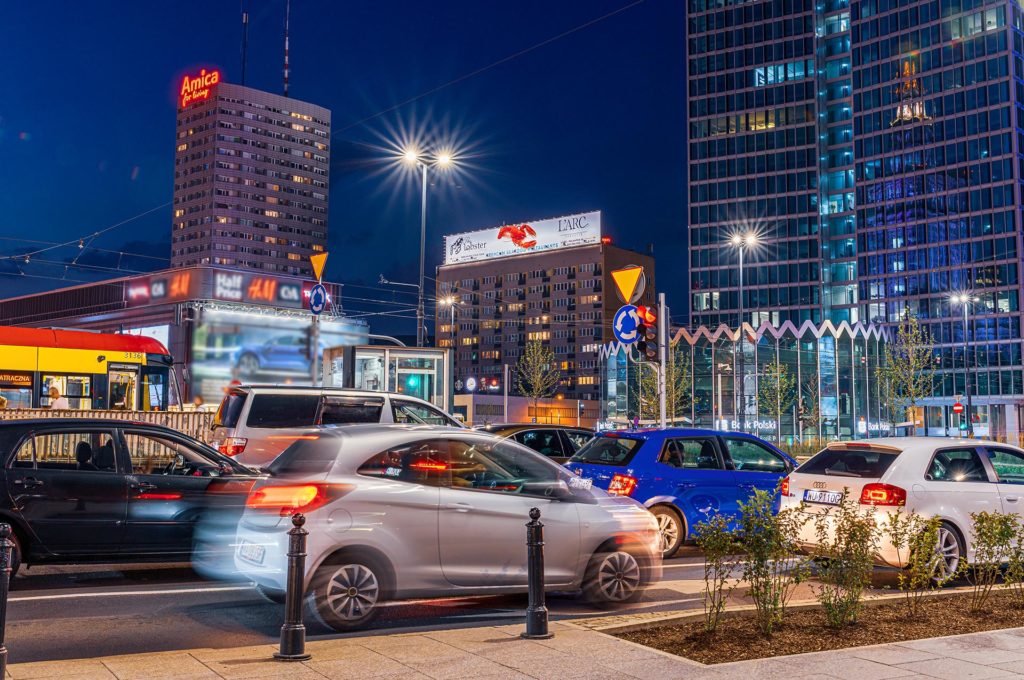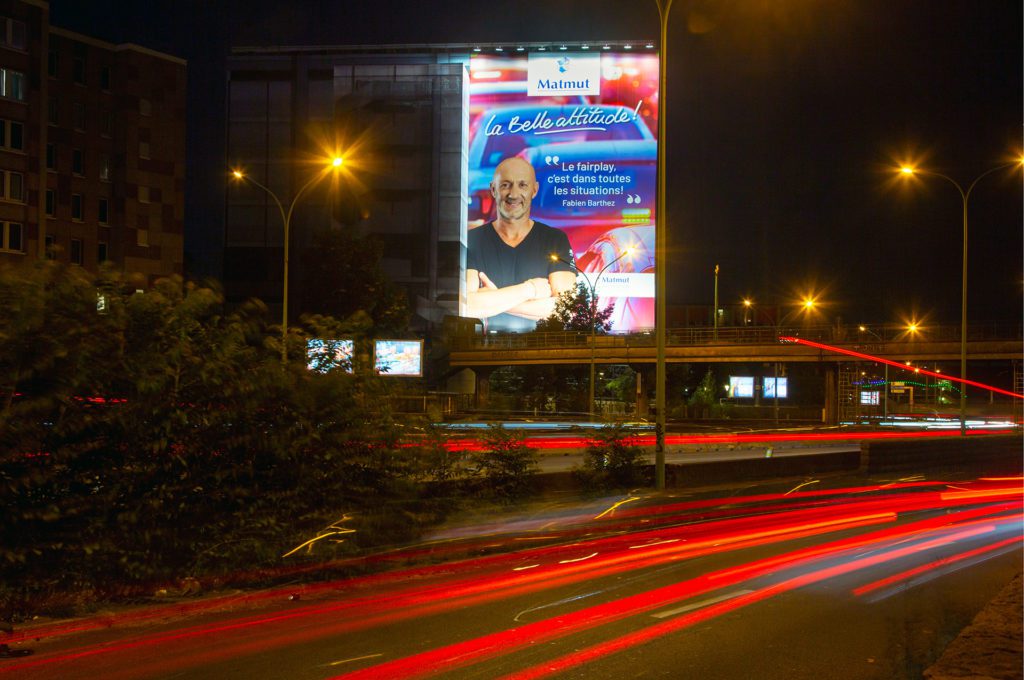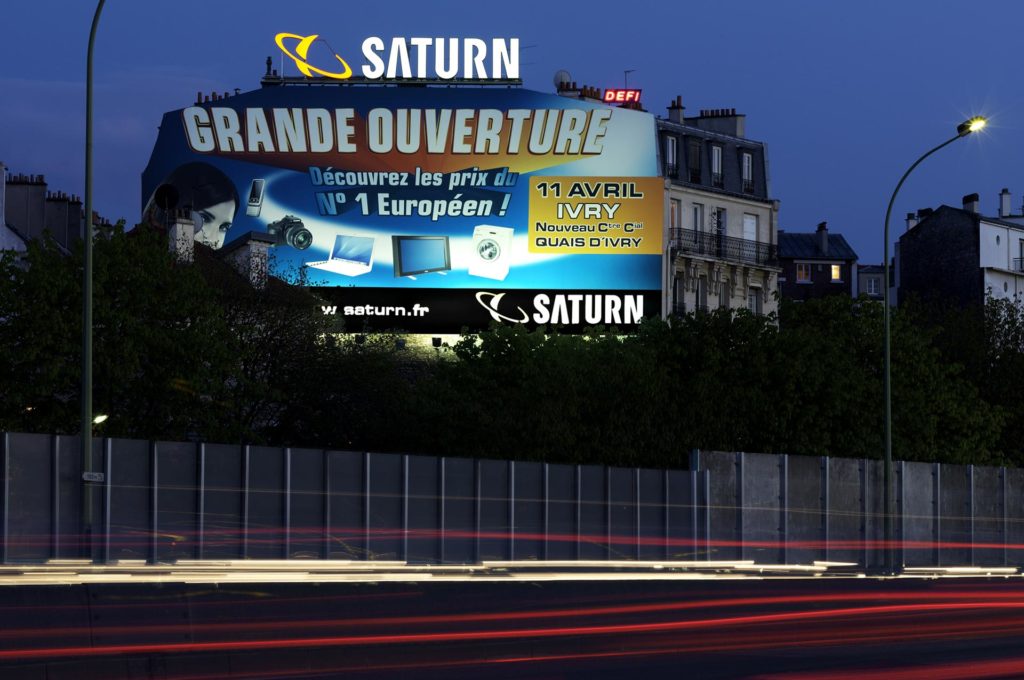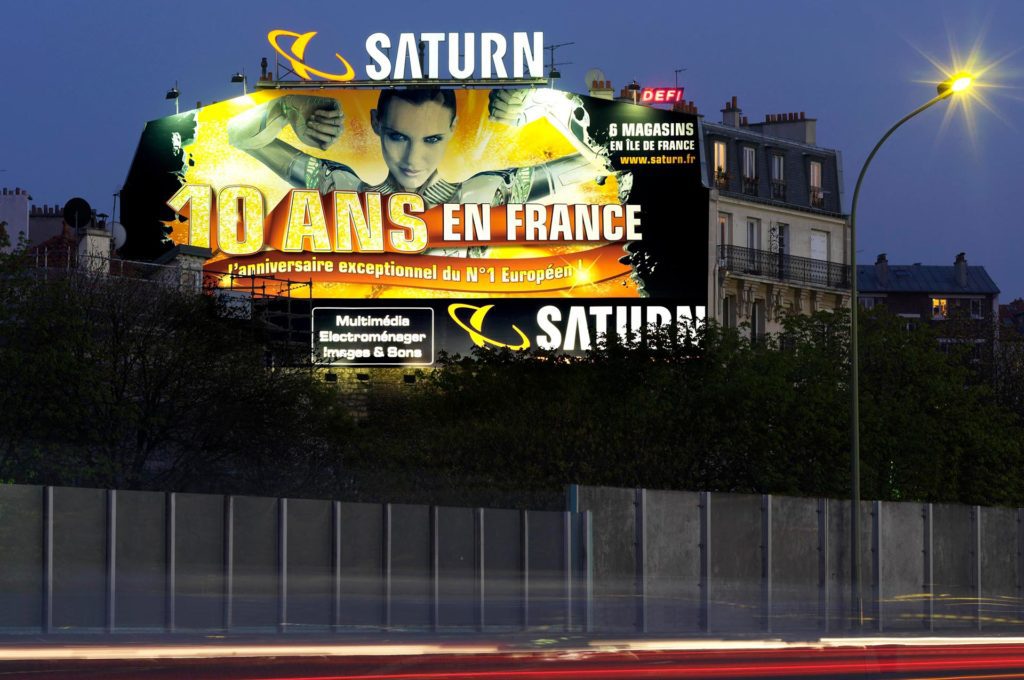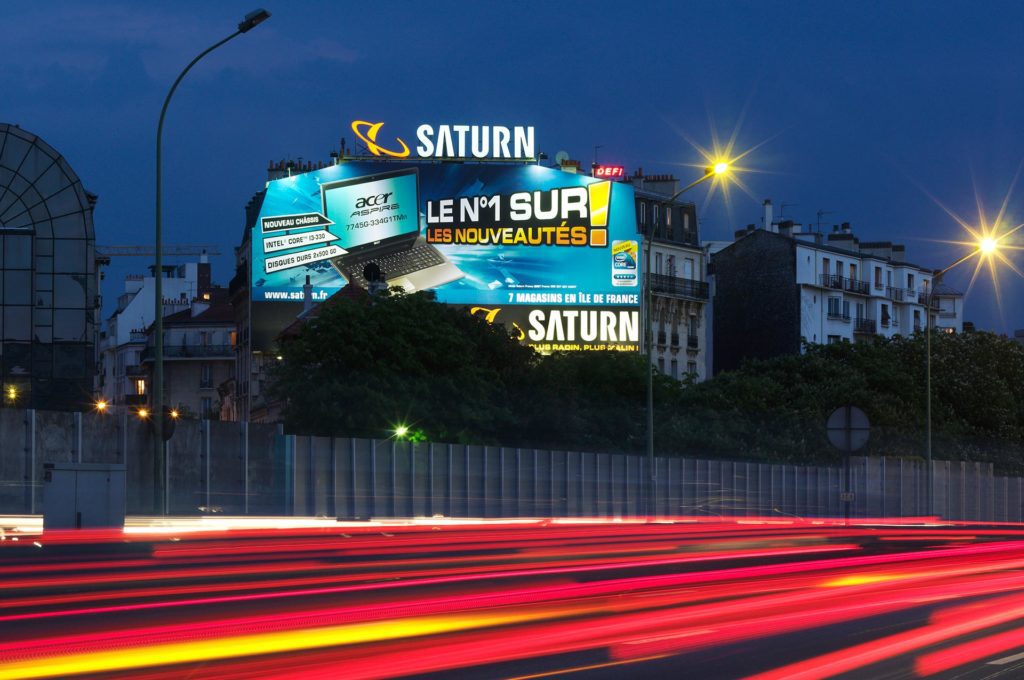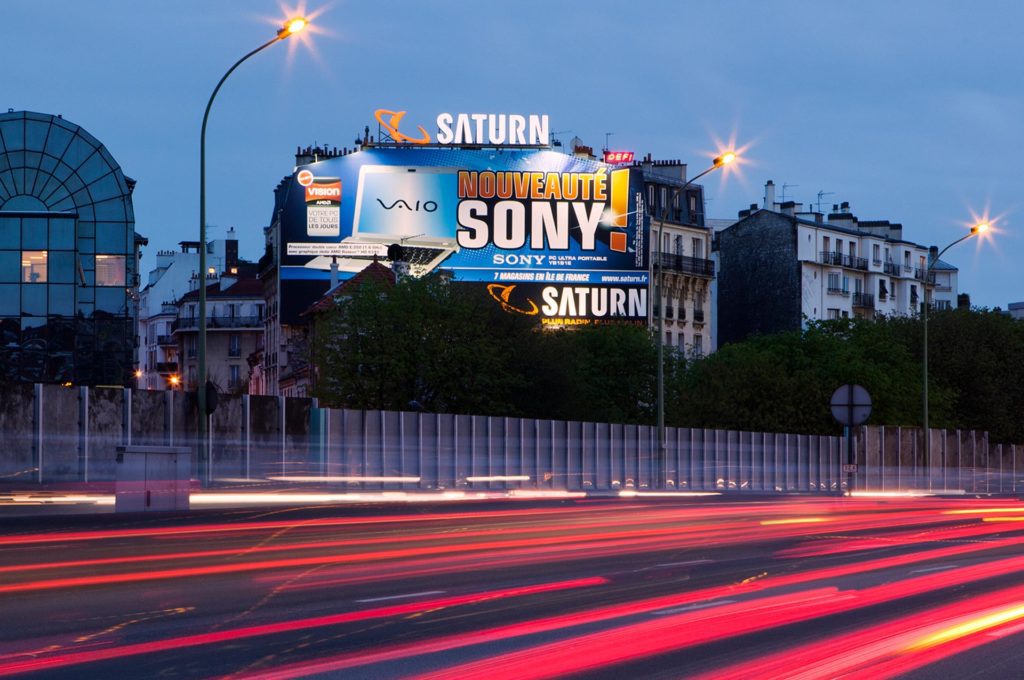GIANT POSTERS AND LONG-TERM ADVERTISING: WE SUM UP!
We all know giant posters as a spectacular and unique medium for one-off and event-based communication. However, it is not as well-know as for its use in long term advertising or directional advertising. Let’s take a look at why it is interesting for your communication strategy.
Giant posters for events vs. for long-term advertising
To understand why it is worthwhile to integrate this type of long term communication into your strategy, it is essential to understand the difference between the two media.
Different objectives and different messages
During the making of any good communication campaign, you need a concrete objective. And, it is obviously the same with a large format campaign. Do I want to convert? Surprise? Make an impression? Be memorable? Inform?
In general, the aim of a month-long event campaign is to highlight an exceptional event. Whether it is, for example, the release of a new product or service, an anniversary or else.
If you decide to communicate on a long term basis, the objectives are slightly different. You can still talk about your product or service, but you should do so in the context of a long-term awareness-building strategy. The results will not be as immediate as launching a campaign with a promo code or a QR code to scan. It has to be part of a longer communication plan.
Investing in giant posters also allows for directional communication. The above example from Poland integrates both notions: long-term campaign and directional. Indeed, it informs that there are two premium seafood restaurants nearby. A monumental banner that allows to work on brand awareness, but not only. The objective is also to convert the audience, by inviting them to visit the restaurants.
An optimal exposure period to be integrated into the audience daily life
As explained above, the period of exposure is much longer on a long-lasting giant poster than on an event banner.
The event banner is generally displayed for 1 month, maximum 2, and allows the brand to talk about a specific topic. The interest of the brand is to communicate on its key moments and this fits perfectly into a shorter 360° communication strategy.
In contrast, long-term advertising allows an advertiser to become part of the daily landscape of an audience, over several months. The memorization rate is guaranteed to be higher since the number of passes and therefore the repetition rate, is much more important.
In practical terms, what are the differences?
Let’s quickly summarize the main differences between a long-term giant poster and an event poster:
| Long-term or directional advertising banner | Event banner |
|---|---|
| Awareness or conversion objective (drive-to-store) | Consideration or conversion objective |
| Corporate or company positioning oriented design. | A freer creation related to a specific campaign |
| Permanent exhibition or several times a year | One-month exhibition |
| High recall and repetition rate | Possibility to create buzz, emotions, etc. with a punchy campaign |
| Fits perfectly into a long-term strategy | Fits perfectly into a 360° media strategy |
Maximise the potential of long-term advertising by combining banners and illuminated advertising
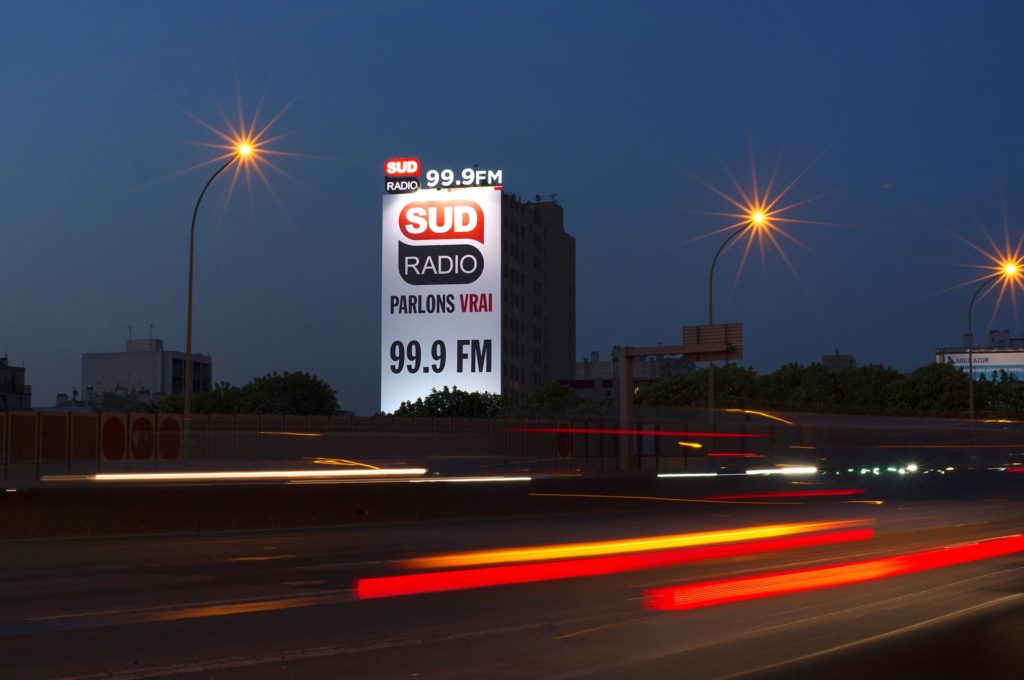

The ultimate combination for maximising visibility on major roads is the combination of illuminated advertising and giant posters. Why?
Because you can have your brand logo visible all day and part of the night, for several years, while combining it with a banner to deliver a message. It is possible to keep a very corporate visual about, for instance, the values of the company or its nature. And thus, communicate as a complement to illuminated advertising. The possibilities are numerous with this type of format and changing the visual regularly will make your communication dynamic.
Case study: the Saturn brand
From 2008 to 2011, the German brand Saturn chose to include the combination of banners and illuminated advertising in its strategy. In the past, on our double device near Porte de Saint-Mandé, the brand worked on its awareness through an illuminated logo. But also, they were working on a consideration and drive-to-store objective. To do so, they would communicate about company news, events or product updates, by regularly changing the visuals.
A strategy that allowed them to be widely visible to the inhabitants of Paris and the Île-de-France region for 4 years.
Create your own opportunity
More articles
◀︎
▶︎
